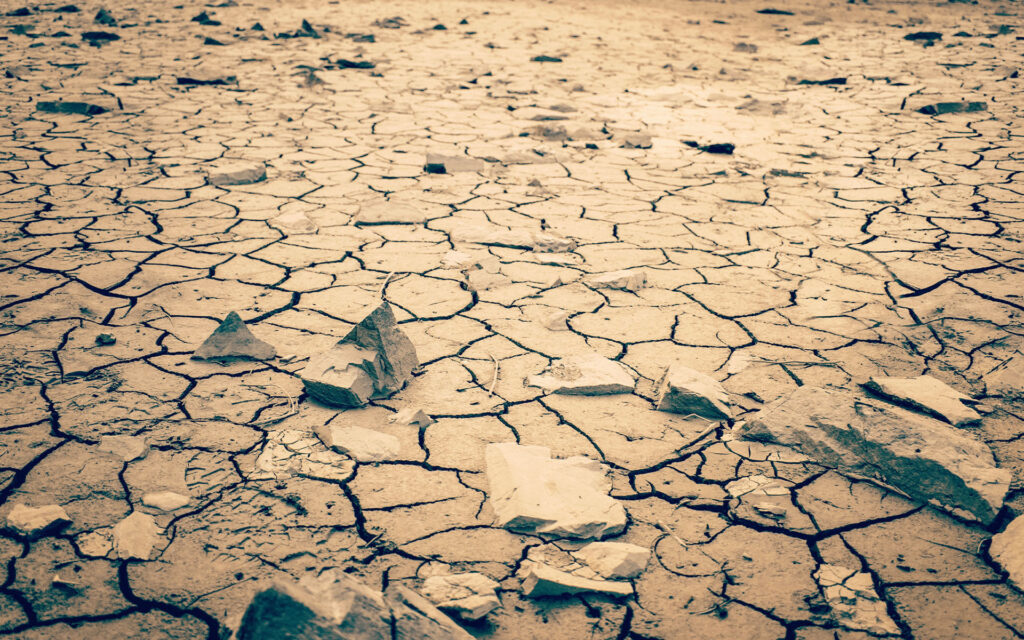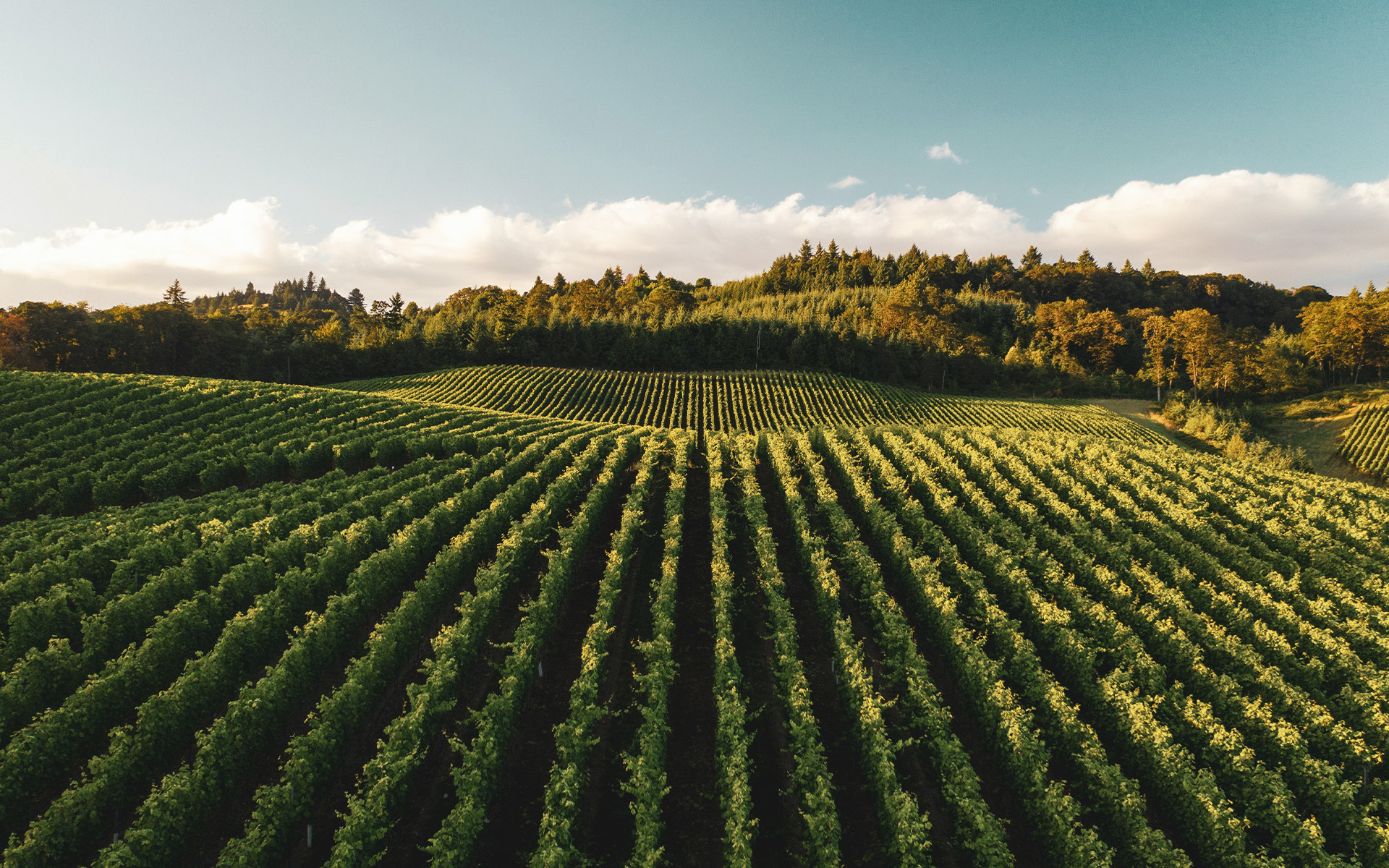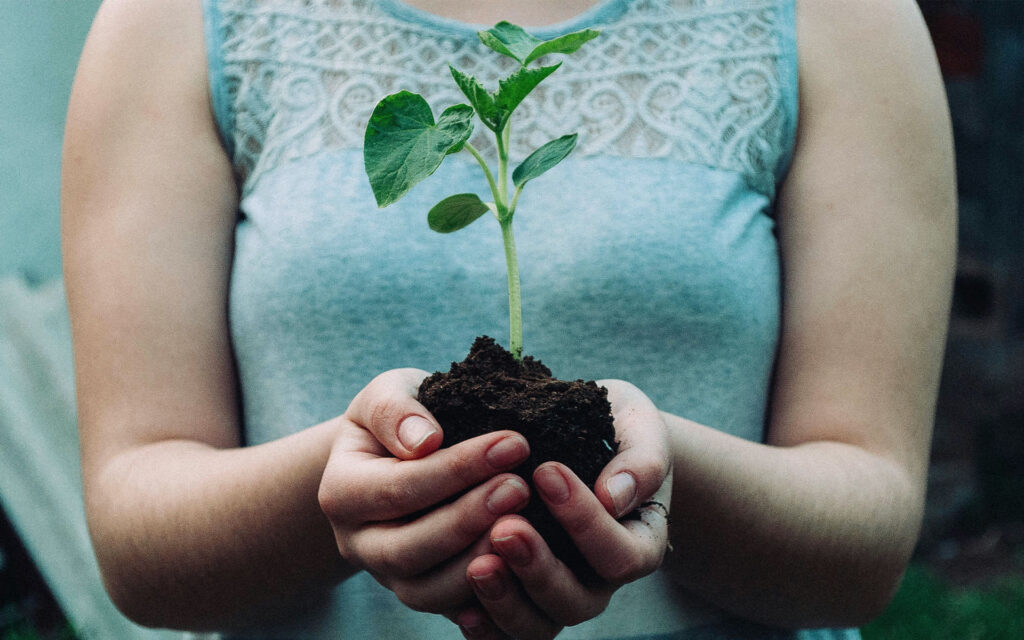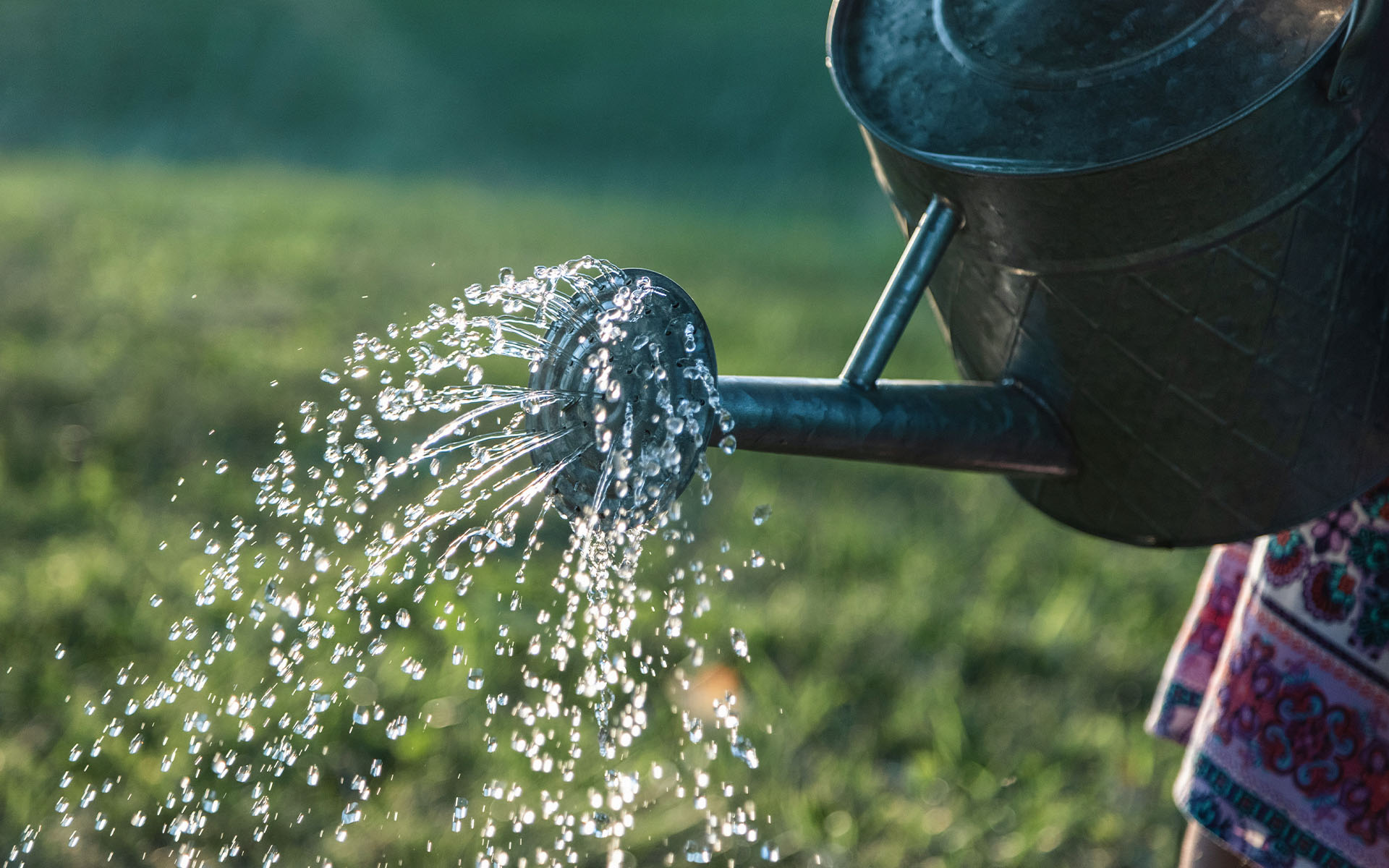Are we in time to reverse this situation?
In 1994, the United Nations General Assembly designated June 17 as “World Day to Combat Desertification and Drought.” According to United Nations reports, “the number and duration of droughts have increased by 29% since 2000 and, today, there are more than 2.3 billion people suffering from water scarcity.” By 2050, 95 percent of Earth’s land surface could be degraded if this trend continues.
The United Nations Convention to Combat Desertification defines desertification as “the process of soil degradation resulting from factors such as climate variations or human activities.” The areas most susceptible to experiencing the effects of desertification and loss of fertile land are arid, semi-arid, and sub-humid regions. It is essential to understand what desertification is in order to halt its progress through effective solutions.
Every year, the world loses 24 billion tons of fertile soil.
UN

What causes land degradation?
The causes of land degradation are diverse and often related to human activities. Some of the main causes are deforestation, clear-cutting, and land clearing. We understand land clearing as the process of clearing land, that is, the process of uprooting and clearing vegetation to prepare the site for the construction of a project. These procedures remove vegetation cover and expose the soil.
Another cause is the depletion of soil nutrients due to poor agricultural practices, such as excessive use of monocultures, livestock farming or intensive grazing, which can compact the soil and reduce its ability to retain water and nutrients from the soil.

On the other hand, inadequate irrigation and overexploitation of aquifers can lead to salinization and soil alkalization, affecting the fertility of the land.
Also worth mentioning is urban expansion and commercial development. To achieve this, people seal the ground with asphalt and concrete, preventing its natural regeneration and affecting local ecosystems.
All of these actions cause the loss of the fertile soil layer, destroy biodiversity and alter hydrological and nutrient cycles. They generate a negative impact on agricultural productivity and environmental sustainability. It is crucial to adopt sustainable practices to mitigate these effects and preserve the health of our soils for future generations.
Countries at risk of land degradation
At the European level, Spain is the country with the highest risk of suffering desertification. Around 75% of the territory faces serious danger, with 6% already irreversibly degraded, particularly along the Mediterranean, Andalusian, and Canary Islands coasts. Expectations suggest that drought periods will become increasingly intense and frequent.Other countries that suffer the same fate are Portugal, Italy, Greece and Turkey.
On the other hand, globally the countries at greatest risk of suffering desertification include China with 28% of its territory affected. The main causes are deforestation, overpopulation and urbanization. India with 26% of its territory at risk and Pakistan that faces significant problems of desert growth.
Additionally, other countries such as Sudan, Somalia, Kenya, Ethiopia, Iran, Mongolia, and in Latin America, Argentina, are significantly affected. In summary, desertification is a global problem that affects more than 100 countries and has serious consequences for the poorest and most vulnerable populations, especially those who depend on subsistence agriculture.
Solutions require action
Despite this major problem, actions are being carried out at a global level to combat and reverse land degradation. This is crucial for environmental sustainability and food security.

Among the actions we can find:
Reforestation projects: the Great Green Wall is a project launched in 2007 with the purpose of recovering 8,000 km from forests across Africa, reversing the growing desertification that causes drought, hunger and drives migration. Planting trees and reforesting areas affected by fires or drought helps reduce air pollution, generates cleaner air and absorbs CO2.
Ecosystem restoration: The UN has launched the United Nations Decade on Ecosystem Restoration, with the goal of rehabilitating 350 million hectares of degraded terrestrial and aquatic ecosystems by 2030.
Sustainable agricultural practices: Farmers are adopting methods that protect the soil such as the use of organic fertilizers and conservationist cultivation techniques. For example, in Detroit, United States, vacant land has been transformed into urban farms. Canada has numerous community garden projects and urban agriculture programs that promote sustainability and food education. In addition, many countries with limited spaces have implemented vertical farms, hydroponic systems and living roofs. Another way to maintain the soil is by using fences to stop the advance of the dunes and create tree barriers to protect it from wind erosion.
What can we do?
Hand in hand with desertification is water conservation. It’s important to improve water management through savings, the reuse of treated water, rainwater harvesting, or desalination.

On the other hand, enriching and fertilizing the soil through the regeneration of vegetation cover and the use of natural pesticides. It is important to recognize and encourage the development of native tree species in agriculture and gardening, as well as to use organic fertilizers to enrich the soil.
These sustainable land practices promote the application of traditional and community methods to prevent further degradation. Furthermore, they go hand in hand with educating and raising awareness among the population about the importance of caring for the soil and avoiding practices that contribute to its degradation.
The actions seek not only to stop land degradation but also to reverse the damage already caused, thus improving the health of ecosystems and the quality of life of the people who depend on them. They contribute to the fight against climate change and the loss of biodiversity. If we all take conscious action, we can make a big difference in protecting and restoring our Earth’s ecosystems.





